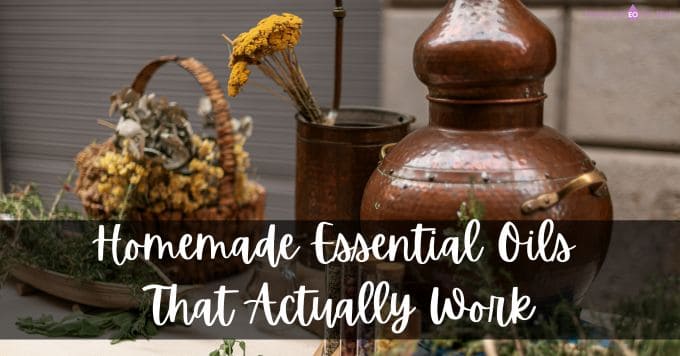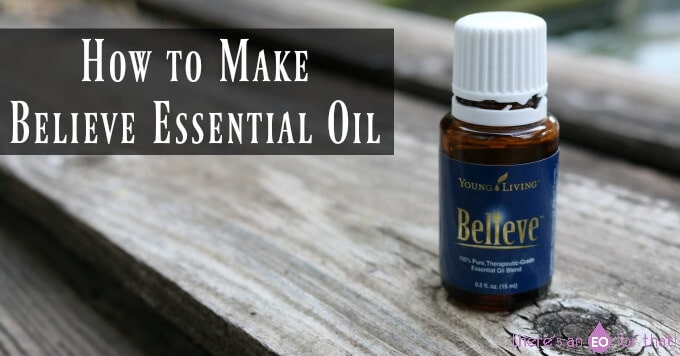
Having an all-natural antiseptic ointment that you can make yourself for cuts, scrapes, sunburns, and other minor injuries is a real lifesaver, especially when you’re covered in said injuries after a successful backpacking trip.
Remember that Mt. Whitney trip I mentioned a while back? Yeah, we did it! With a few bumps, bruises, and burns to show off our successful summit up the tallest mountain in the contiguous United States. All the acclimatizing we did on White Mountain, Mammoth, and Yosemite really paid off, but it also meant we were exposed to slews of mosquitos and the ever-present threat of sunburn.
I had forgotten the fact that the sun would be stronger the higher up we went in elevation, and unfortunately, I was too lax when it came to reapplying sunscreen.
So, here I am with one of the worst sunburns I’ve had since childhood - unsightly skin peeling included.
Thankfully, I have an awesome antiseptic ointment that soothes the skin while it heals, otherwise, I would be scratching my burns raw.
How to Make Tea Tree Antiseptic Ointment for Cuts, Scrapes, and Burns
This ointment, like most of my recipes, is really easy to make and is packed with anti-bacterial properties.
Apply it to any minor wound, and voila! You’ve got an instant soothing sensation while the essential oils and other ingredients get to work on healing your skin.
You can use it just as you would Neosporin or any other wound ointment.
I’ve been using it on my bug bites to relieve the itch and to help heal the sunburn on the arms. It really takes away the sting!
Tea Tree Antiseptic Ointment Recipe
This recipe will make 2oz of ointment at a 3% dilution which I find to be plenty! In fact, I recommend making smaller ½oz sizes that you can gift to friends and family or keep in various first aid kits around the house, your car, etc.
Here’s what you need to make it:
• An accurate kitchen scale
• A pyrex measuring cup and pan to act as your double boiler
• One 2oz salve container (or container of choice)
• 0.25 oz beeswax
• 1 oz coconut oil (use refined if you don’t like the smell of coconut)
• 1 oz olive oil (infusing this first with calendula or arnica offers more healing benefits!)
• 15 drops tea tree essential oil - antiseptic oil that's great for healing the skin and killing bacteria
• 10 drops eucalyptus radiata essential oil - kills bacteria while also cooling the skin
• 6 drops lavender essential oil - great for treating burns and abrasions
• 5 drops geranium essential oil - healing for the skin and wards off infection
Loving Preparation – DIY Tea Tree Antiseptic Ointment
1. Use a kitchen scale to measure out the carrier oils and beeswax.
2. Bring one inch of water to a gentle simmer and add the carrier oil and beeswax together to the pyrex measuring cup. Place the pyrex in the center of the pan with the simmering water and allow the ingredients to melt together.
3. Once melted through, remove the pyrex and allow the ingredients to cool slightly before adding the essential oils. This will prevent the oils from evaporating when mixed with the melted beeswax and carrier oils.
4. Once the melted ingredients have cooled a bit, stir in the essential oils and pour the final mixture into your container of choice.
5. Allow it to set completely before use.
6. Store in a cool dark place.
This salve should last a year or more. If it develops an off smell, toss it and make a new salve.
To Use
Use as you would any convention ointment or salve.
For bites, burns, scrapes, cuts, abrasions, and other minor wounds, simply apply a thin even layer of tea tree antiseptic ointment to the area.
You can either cover it with a bandage or leave it on as is. The ointment will not soak into the skin completely because it creates a protective barrier on the skin that speeds up healing so keep that in mind if you choose not to cover it.
You should experience a cooling sensation soon after application that is very soothing to stinging sunburns and itchy bug bites. However, if you find the sensation to be uncomfortable, gently wipe it away and discontinue use.
You can always lower the percent of essential oils used.
For children under 10 years old omit the eucalyptus.
This salve, if made at a 1% dilution, is safe for children 3 months and older.
You can learn more about dilutions here and about which essential oils are safe for children here.
Have you ever made an antiseptic ointment? Please share your recipes below!
You may also enjoy reading:
Antibacterial, Antifungal, and Antiviral Essential Oils and How to Use Them
DIY Smith’s Rosebud Salve
How to Make a Salve
Trail Ointment Recipe for Cuts and Scrapes






isabel says
Hi, what else can I use instead the beeswax ??
Thanks
Isa
Tash says
You can try using carnauba wax or candelilla wax 🙂